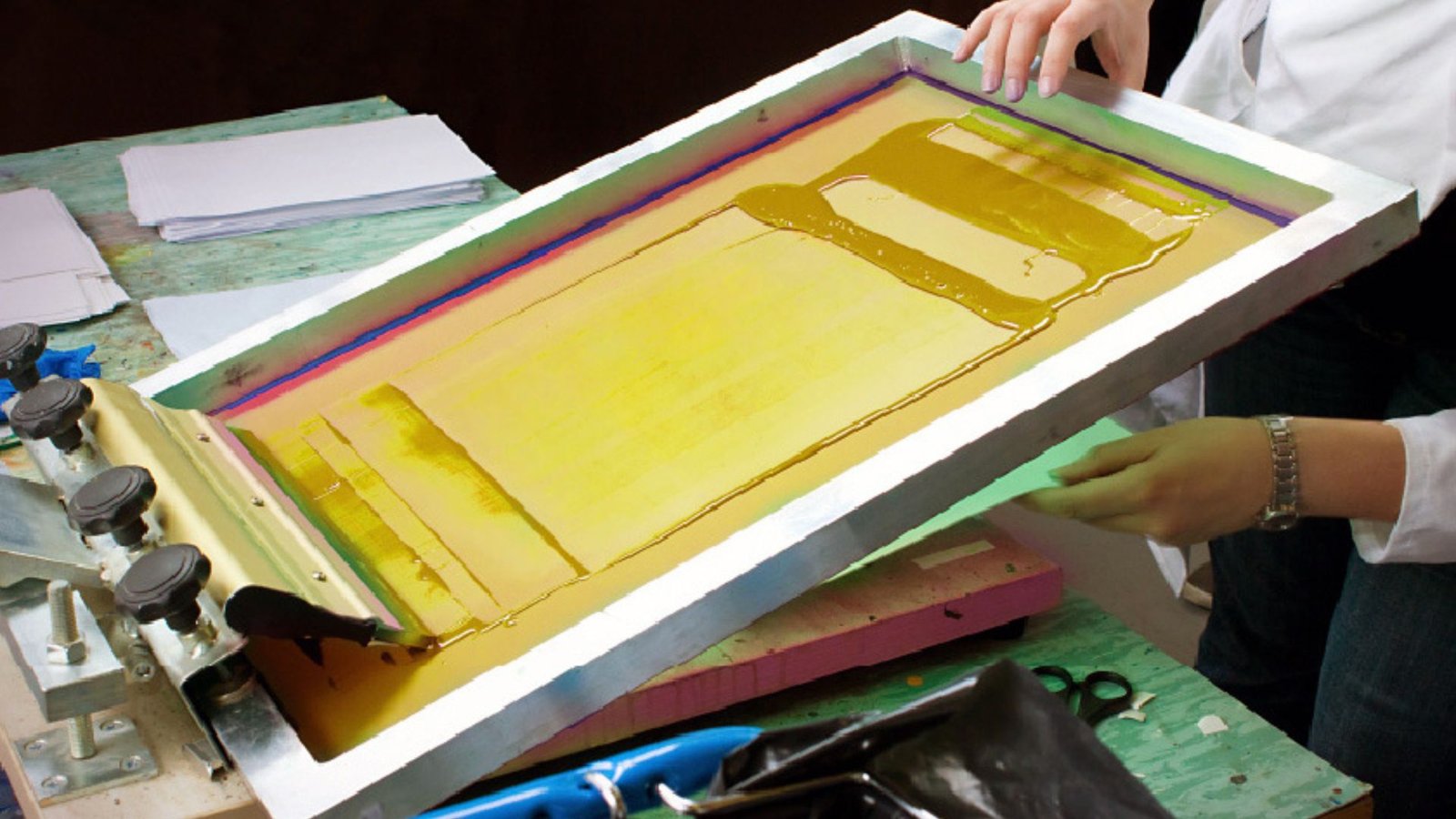Screen printing is a popular printing method used to create vibrant designs on various materials. Not only is it known for its high-quality results, but screen printing also offers several environmental benefits. As more businesses and individuals seek sustainable alternatives, screen printing proves to be a green choice in the world of printing. This article will highlight the key environmental benefits of screen printing, including its sustainability, eco-friendly materials, and waste-reducing techniques.

Sustainable Materials in Screen Printing
One of the main environmental benefits of screen printing is the use of sustainable materials. Many screen printing companies now offer eco-friendly inks and substrates that reduce the environmental impact of the printing process. For example, water-based inks are a popular eco-friendly option because they are made without harmful solvents or chemicals. These inks are less toxic and have a lower environmental impact compared to traditional plastisol inks.
Additionally, businesses are increasingly choosing organic fabrics like cotton and hemp for screen printing. These materials are grown without the use of harmful pesticides or chemicals, making them a more sustainable choice compared to conventional fabrics. By using eco-friendly materials for both the inks and the fabrics, screen printing can help reduce the environmental footprint of custom designs.
Energy Efficiency in Screen Printing
Screen printing is often more energy-efficient compared to other printing methods. Unlike digital printing, which can require a lot of energy to power printers and machines, screen printing typically uses less energy. The printing process itself involves fewer steps, and the use of specialized screen printing machines allows for faster production with lower energy consumption.
Moreover, screen printing doesn’t require the use of heavy machinery for each print, which also reduces energy consumption. This means that businesses can create high-quality printed products while minimizing their energy usage and reducing their carbon footprint.
Waste Reduction Through Screen Printing
Screen printing can be a more waste-reducing process than other printing methods. Unlike digital printing, which often generates a lot of waste due to excess ink and unused material, screen printing is more precise, using only the amount of ink needed for each print. This ensures less waste in the printing process.
Furthermore, screen printing allows for the reuse of screens. After each print run, the ink on the screen can be cleaned off and reused, which means fewer materials are wasted. This is particularly beneficial for large print runs, where waste can otherwise accumulate quickly.
Recycling and Reuse in Screen Printing
Many screen printing companies have adopted recycling practices that further help to reduce environmental impact. For example, used screens can be cleaned and reused for future printing jobs. This reduces the need for new screens and minimizes waste.
Additionally, screen printing shops often recycle excess materials, such as paper, plastic, and metal. By adopting these recycling practices, businesses in the screen printing industry are contributing to a more sustainable and circular economy.
Reduced Use of Harmful Chemicals
Another significant environmental benefit of screen printing is the reduction in the use of harmful chemicals. Traditional printing methods often involve chemicals that are toxic and harmful to the environment. However, screen printing can be done with fewer harmful substances.
Many screen printing companies now offer non-toxic, eco-friendly inks and chemicals, reducing the environmental and health risks associated with printing. Water-based inks, as mentioned earlier, are a great example of this, as they don’t contain harmful solvents, reducing air pollution and making them safer for workers to handle.
Local Production and Lower Transportation Impact
Screen printing often involves local production, which means that businesses can reduce the transportation impact of shipping products long distances. When products are printed locally, it cuts down on carbon emissions associated with shipping, reducing the overall environmental footprint.
This is particularly important for businesses that want to support local economies while being more eco-conscious. By working with local screen printing companies, businesses can produce products that have a smaller environmental impact, both in terms of energy use and transportation emissions.
Conclusion
Screen printing is an eco-friendly printing method that offers numerous environmental benefits. From using sustainable materials and inks to reducing waste and energy consumption, screen printing provides a greener alternative to other printing methods. As businesses continue to prioritize sustainability, screen printing offers a valuable option for creating custom designs while minimizing environmental impact. By embracing eco-friendly practices, businesses can produce high-quality printed products while contributing to a more sustainable future.











